
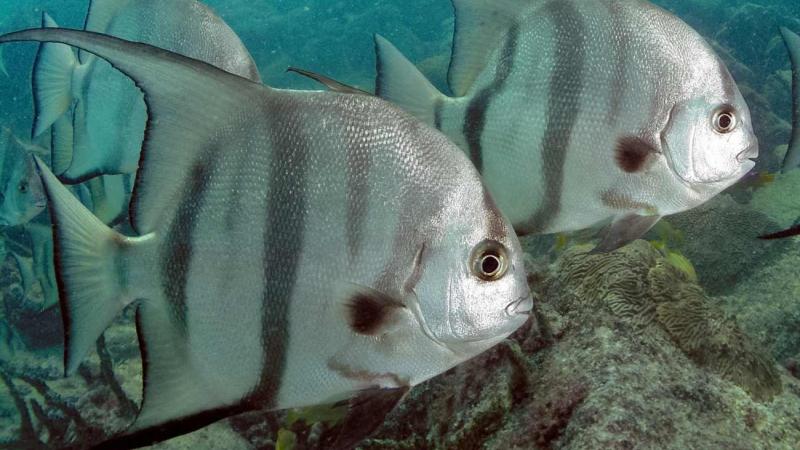
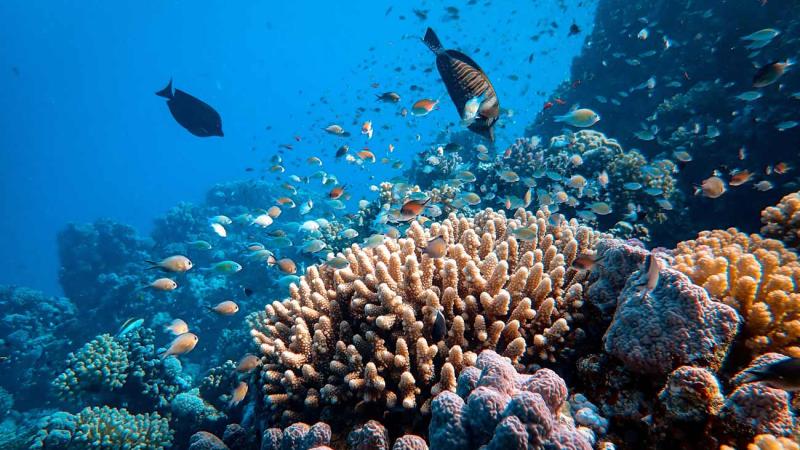
Caribbean Reef Field Study
The Lawrence University Marine Program has studied reefs in the Bahamas, Jamaica, Cayman Islands, and Bonaire over the years. Beginning in 1980, LUMP has studied the reefs and island habitats of Grand Cayman, Cayman Islands most extensively, and now students are examining the reefs of Bonaire.
Two-Week Field Study Program
Every other spring, a small group of students and faculty (maximum of 16 students and 2 faculty) spend two weeks living and studying the diverse marine habitats of Bonaire.
Prior to the trip, students spend two weeks learning about coral reef ecosystems, ecology, and human effects on reef environments. Students also must learn to reliably identify the major organisms they will encounter, so they are tested on their ability to identify over fifty reef fish, more than sixty reef invertebrates, and over 25 coral species.
While on the island the group lives in rental houses or condominiums, using minivans for transportation to the various shore diving sites around the island.
Week 1: Data Collection for Habitat Comparison
Students and faculty use SCUBA techniques to collect data on coral and fish diversity, typically at 8-10 different locations. At each site, dive buddy teams extend 10m long plastic chains above sections of the reef so that the faculty members can videotape transects of the coral. The group analyzes the video recordings after returning to Lawrence, providing the ecological data for the habitat analysis of the reefs.
In addition to comparing coral abundance and diversity on the various reefs, students also collect data on reef fish diversity. We employ the techniques and comprehensive species lists provided for this type of study by the Reef Environmental Education Foundation, and then later share our data with that organization.
Post-trip Data Reporting
Students are expected to prepare a formal report for the course which analyzes the coral, fish, and other invertebrate data, compares the different habitats examined, and places the data into the context of factors possibly driving the observed patterns such as wave stress, run-off, shoreline development, fishing, disease, and recreational diving pressure.
The data are also used for comparisons with the LUMP long-term study of changes in the reef environments of Grand Cayman over the past 30 years, providing a different time scale over which to consider the differences between each of the sites examined.
Week 2: Student-Designed Group Research
During the second week, students focus on their small group projects. To carry out their projects, the field study program brings along its own basic scientific equipment or constructs necessary items as needed.
The emphasis is on creating an interesting question, developing a solid, testable hypothesis, and then executing a study to test the hypothesis. Data collection occurs while on the island, but then students analyze data and do literature research after returning to Lawrence University.
Each group is expected to present their findings to the class in an oral presentation and to prepare a written report on their study. These projects are often the most rewarding aspect of the Marine Term for the students, providing the whole class with a broader exposure to marine ecology topics, and enabling students to do marine science, not just read or hear about it.
Student Group Research Project Topics
Because most projects performed on the reefs require permission from the government, there are some limits on the kinds of projects that our students undertake. However, we have worked closely with the local governments and marine park systems to provide a wide array of opportunities for our projects, and we provide the local governments with the data from our habitat analyses as well as student projects.
Topics for projects are as diverse as our students' interests and range from whole ecosystem reef analyses down to the behavior or ecology of a single species of fish. Examples of past topics include, but are not limited to:
-
Corals - damage, disease, competition, morphology, sedimentation
-
Fish schooling behavior
- Cleaner stations
- Feeding behavior in sponges, anemones, urchins and algae
- Feeding energetics in coral, algivores, four-eyed butterfly fish
- Reproductive behavior in Sgt. Majors
- Damselfish territoriality
- Symbionts in anemones/shrimp
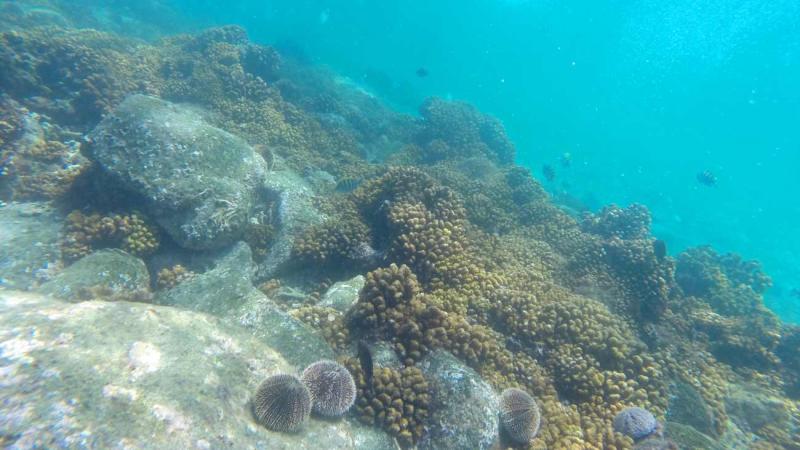
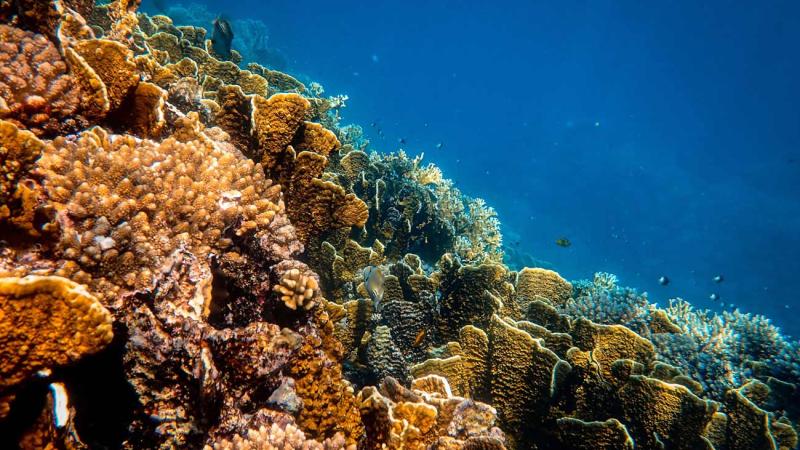
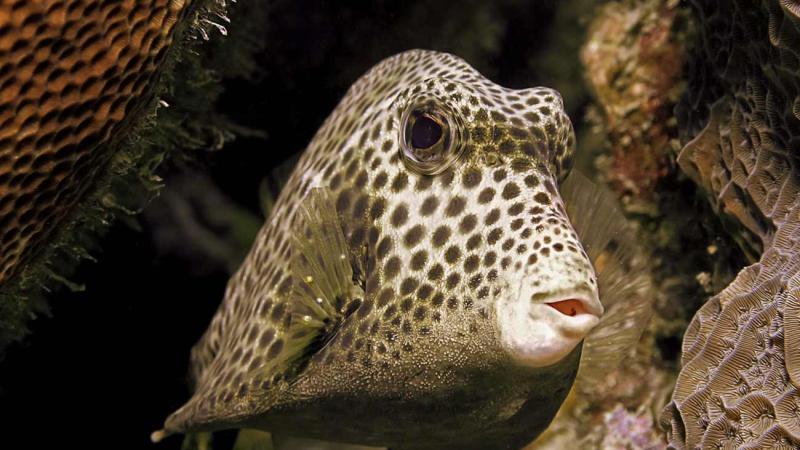
The LUMP Legacy
After the challenges and achievements of the LUMP Marine Term, LUMPers often decide to continue on in the marine sciences. Former students have been extremely successful in pursuing their interests in the aquatic sciences.
Many students decided to extend their studies by participating in:
- the Boston University Marine Program
- the Semester in Environmental Science
- the SEA Semester at Woods Hole, MA
Alumni have pursued graduate degrees in the marine sciences at institutions such as:
- Scripps Oceanographic Institute
- University of Rhode Island Graduate School of Oceanography
- Woods Hole Oceanographic Institute
- Duke University
- University of California-Davis, and more.
A number have chosen other paths related to the marine environment and worked or have done internships at places like:
- Woods Hole Oceanographic Institute
- Smithsonian Tropical Research Institute
- Cornell University Biological Field Station
- Newfound Harbor Marine Institute
- Mote Marine Laboratory
A measure of the LUMP success is that alumni have a variety of options open to them based on their experiences here at Lawrence University, and they have succeeded, and continue to excel, in the very challenging fields of marine biology, oceanography, and aquatic sciences in general.